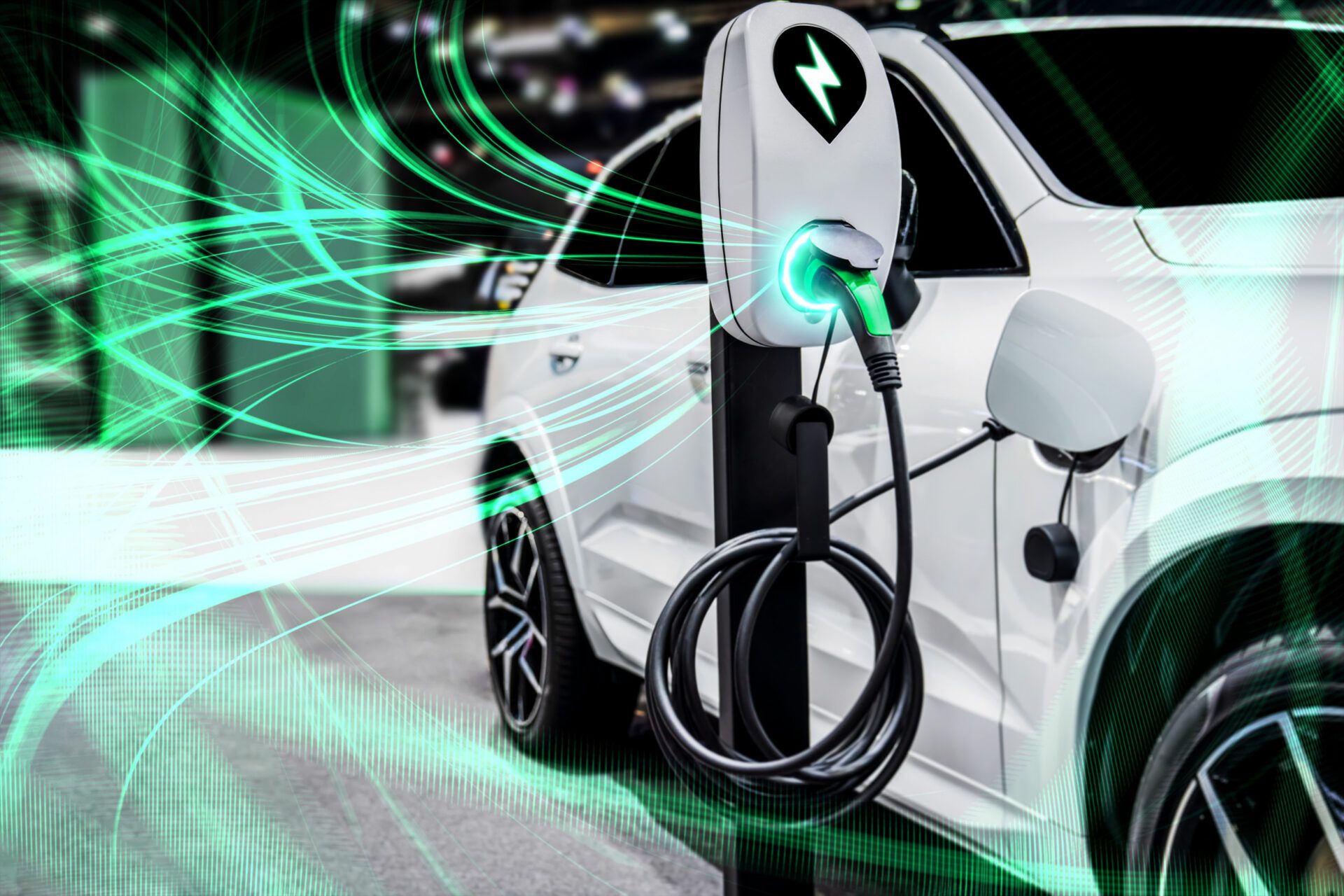What the End of the Load-Shedding Virus Spells for the Adoption of Electric Vehicle in South Africa

Of the industrialized and developing nations that make up the G20, South Africa has the highest emission intensity. This jeopardizes its promise to decrease global warming. Eskom, the nation’s coal-dependent national electrical utility, is responsible for this disproportionate contribution. Its facilities emit 512 billion kg of carbon dioxide into the atmosphere each year while producing electricity. Electricity needed to power an electric vehicle.
However, in light of the fact that fossil fuels have been providing energy with high reliability and affordability for over 100 years, alternative renewable energy sources still need to inspire confidence in the industrial and social sectors that they are a superior choice. Reduced urban air pollution is just one of the many advantages of electrifying the transportation industry.
An infrastructure development plan for the country’s energy resources is provided by South Africa’s integrated resource planning up to 2030. According to this national planning framework, coal will continue to play a significant role in the mix of energy sources. Transport uses 28% of the nation’s total final energy, contributing 11% of the country’s GHG emissions.
ELECTRIC VEHICLES AND THE FUTURE OF AFRICAN COUNTRIES.
By 2050, it is anticipated that 76% of South Africa’s power would be produced by renewable resources, bringing down the country’s carbon intensity to 139 g kWh. As at 2020, around 1000 of the vehicles on South Africa’s roads are electric, with substantial growth expected.
Electric vehicles are increasingly becoming a significant form of worldwide road transportation. There are still a number of obstacles standing in the way of widespread Electric vehicle adoption, one of which is load-shedding, which is frequently cited as a problem in South Africa in particular because it makes people worry about their ability to charge an electric vehicle as the country’s energy situation continues to deteriorate.
Eskom’s Longest Streak of Load-Shedding
Getting people to switch to electric vehicles in South Africa is hampered by a number of obstacles. Range anxiety was a problem until it was much reduced in recent years as a result of the installation and improvement of more than 200 charging stations across the nation. The burden on the energy grid would increase since electric vehicle would continue to be dependent on electricity produced by coal power plants that create carbon. This is why Eskom’s load-shedding through the month of September constrained not just businesses but also the adoption of electric vehicles in South Africa.
South Africa’s worst load shedding year to date has been 2022. The longest sequence of load shedding yet has been suspended after more than a month. When Eskom adopted intermittent load-shedding on September 6, 2022, the most recent wave of power outages began. After a wave of unit failures on September 8, 2022, it progressed to continuous load-shedding, which peaked at stage 6 for several days starting on September 18, 2022.
It has been an entire month since we have had a day without blackouts. Here's a look back at all the dark days of 2022 so far ?️ https://t.co/m3hTx5eJSA pic.twitter.com/9yMIW5jFba
— The Outlier (@outlierafrica) October 6, 2022
According to data from popular load-shedding tracking app EskomSePush, South Africa’s state-owned power utility had implemented 2,071 hours of load-shedding year-to-date as of 14:00 on Friday, 7 October 2022. The hours of load-shedding implemented in 2022 are closing in on double the 1,153 hours recorded last year — Eskom’s previous worst.
Hope for Electric Vehicle Adoption
At 5:00 on Saturday morning, Eskom declared that the load-shedding had been stopped. A generation unit has been back in operation since yesterday afternoon at the electricity plants in Camden, Grootvlei, Hendrina, Kendal, Kriel, Majuba, and Tutuka. At the Duvha Power Station, a generating unit was shut down for maintenance.
According to transport minister Fikile Mbalula, “The issue of the constrained power grid from Eskom – that also becomes a challenge for the overall uptake with a key issue of how these vehicles will be recharged should a major power outage occur, or even during the regular load shedding intervals.”
Since the Eskom crisis has subsided, South African potential automobile customers are now more likely to be interested in electric cars. Local interest in alternative fuel vehicles is also growing, notably with the arrival of numerous new indigenous electric automobiles.
Investigating more environmentally friendly options, such as switching to electric vehicles, is vital due to the growing threat of climate change caused by greenhouse gas emissions. However, a difficulty arises when the grid itself is a significant source of emissions while still being unable to supply all of the energy needed. To grow electric vehicle adoption rate, South Africa’s government must ensure a stable power sector; Eskom needs to start getting it all right.
